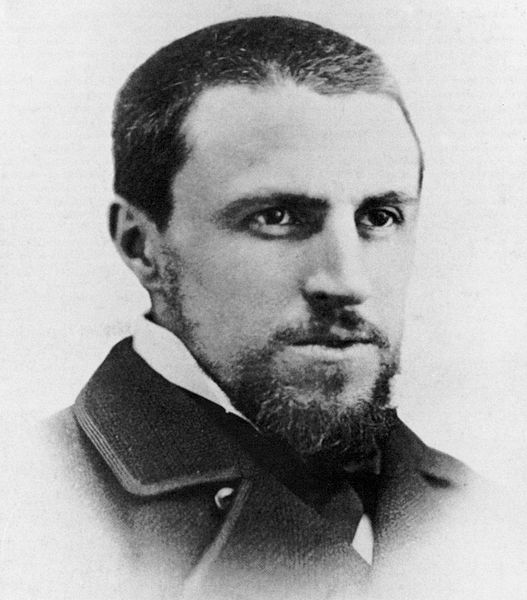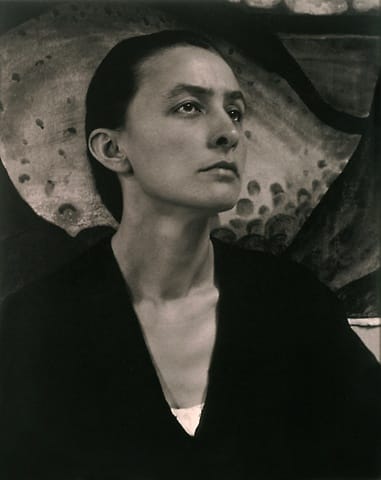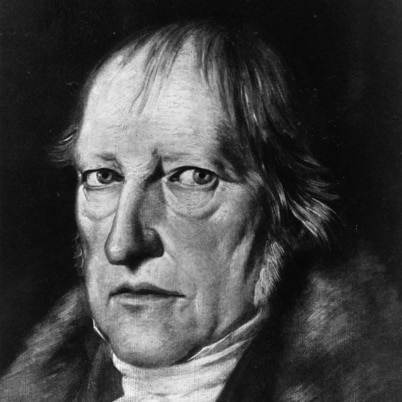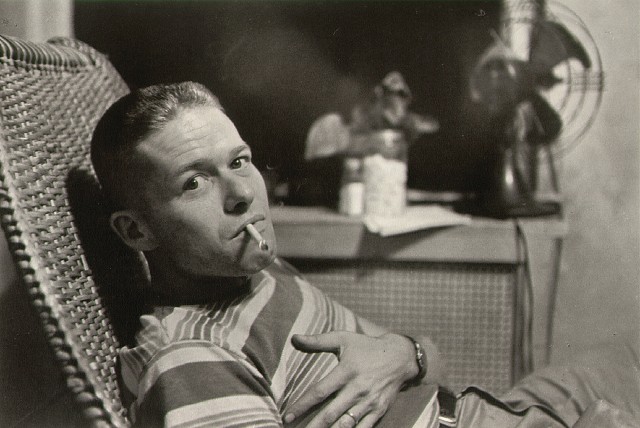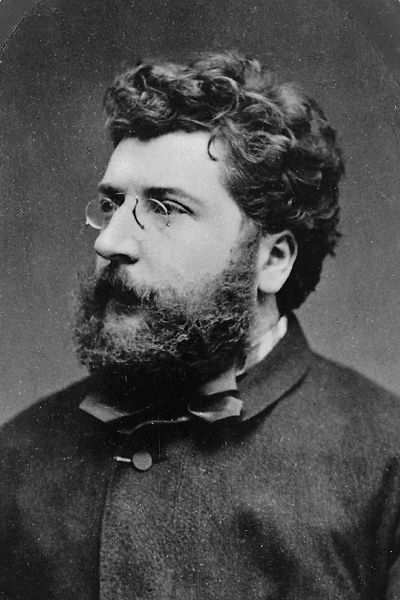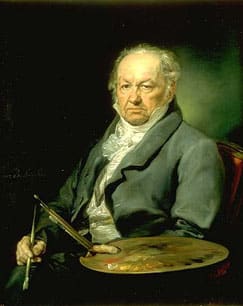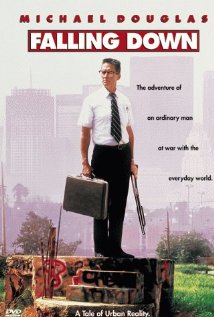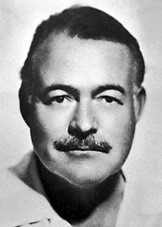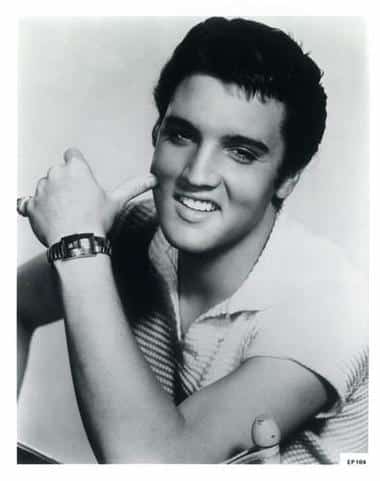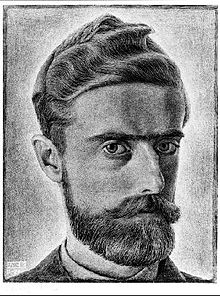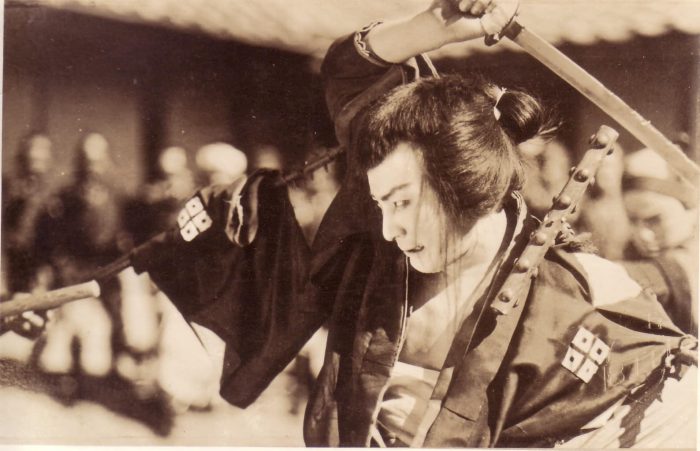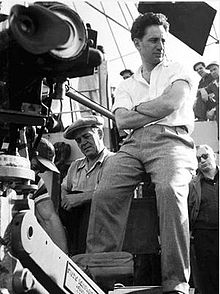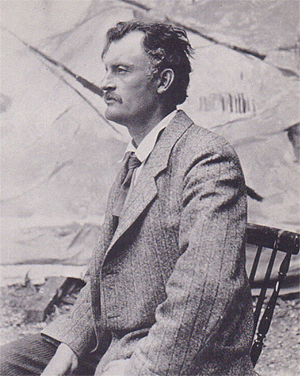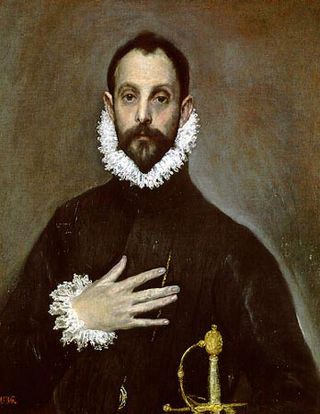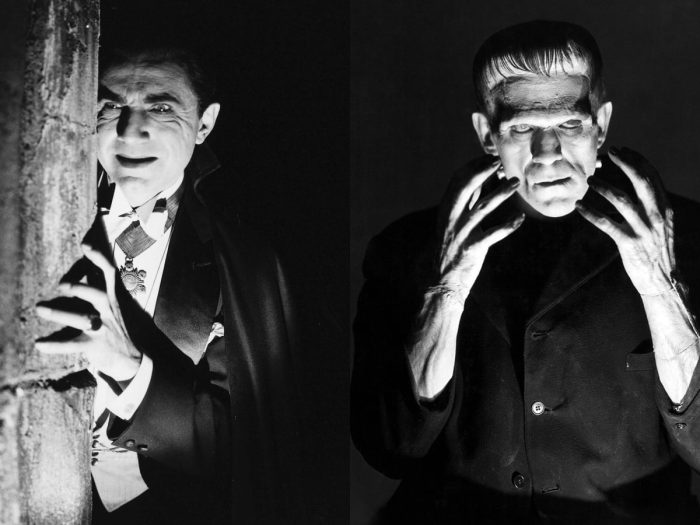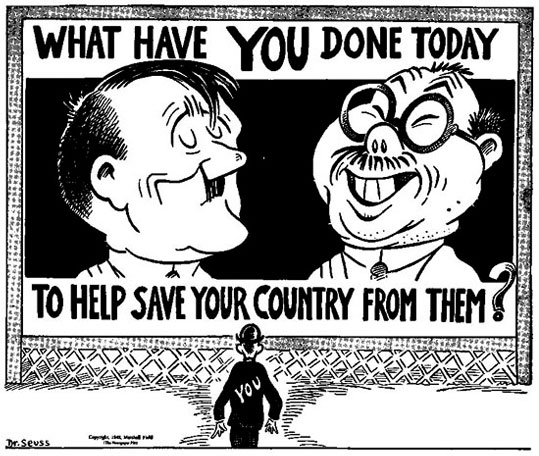William completed his Bachelor of Science and Master of Arts in 2013. He current serves as a lecturer, tutor and freelance writer. In his spare time, he enjoys reading, walking his dog and parasailing.
Article last reviewed: 2022 | St. Rosemary Institution © 2010-2025 | Creative Commons 4.0
Gustave Caillebotte was the first impressionist that painted realistic, photo paintings. Caillebotte was born in 1848, he was a French painter that was really influenced by impressionism. Mostly all of Caillebotte’s work was, oil on canvas style. He painted Paris Street; Rainy Day in 1877. Caillebotte was one of the less known impressionist painter during…
In the movie, many things portrayed are the same as what really happened in Roman history. Some things though, are a little different in the actual history of Rome than in the movie. Scenes were changed in the movie too, to make the plot more interesting. Maximus was the general of Rome and a really…
During the early twentieth century, women suffered from discrimination and inferiority. An exception to this case was Georgia O’Keeffe, who captured the attention of the world with her paintings. She was the only female of her generation to be accepted as a professional artist. Art critic Henry McBride noted, “Mona Lisa got but one portrait…
Georg Wilhelm Friedrich Hegel was born in August 27, 1770, in southwest Germany, in a town called Stuttgart. His father was a civil servant in the department of finance. He had one sister and a brother. Throughout growing up and studying, he was known as “the old man” because of his strict study habits. However,…
Garry Winogrand was born in New York City in 1928; he became interested in photography in the late 1940’s when he was in the United States Air Force. When he was done his term of duty, he went on to City College in New York City to study painting. A year later he went to…
Georges Bizet, who is best known for his opera, Carmen, has remained somewhat of a mystery as far as his musical education, social life, and personal life. He is not like so many other composers and musicians of the Romantic Period who led a highly publicized life like Hector Berlioz, Peter Ilyich Tchaikovsky, or Johannes…
One of Britain’s leading post-war painters, Frank Auerbach, is among the most internationally acclaimed and collected living artists from Britain. The painting style of Frank Auerbach is both compactly expressionistic and highly individual. Determined by his desire to capture the spirit and reality of people and places, his paintings, which he works and re-works, produce…
“The artist’s vision is more important than tradition.” Francisco de Goya, a Spanish artist, believed that the most important thing was to draw what he saw rather than following the traditional style. Unlike any other artists of his time, Goya did not tend to imitate Renaissance arts targeting classical subject matters. Instead, he tried to…
In the film Purple Rose of Cairo, by Woody Allen, fantasy and reality are two very poignant themes. However, through discussion, the class brought up points regarding fantasy being Tom Baxter, and reality being Gill Shepherd; my perspective was different. Tom Baxter portrays the main theme of reality while Gill Shepherd demonstrates the role of…
The film Falling Down is about a man named Bill that loses control of his anger and frustration when confronted with typical everyday stress. He has reached his breaking point and loses his cool as well as his sense of self. The movie demonstrates examples of both cultural and social issues. Cultural issues explored by…
Most scholars call him the greatest American writer of the 20th century. Some even go as far as saying that he was the greatest American writer ever. What do we really know about him? We know that he was a philandering, macho drunk with a temper, whose new kind of direct prose set him apart…
Elvis Presley was the first real rock and roll star. A white southerner who singing blues laced with country. Presley brought together music from both sides of the color line. Presley performed this music with a “natural hip swiveling sexuality” that made him a teen idol and a role model for generations of “cool” rebels.…
Maurits Cornelis Escher is widely acknowledged for his extensive use of distorted geometrical shapes, tessellations and spatial illusions creating a unique art form that artists and mathematicians admired. Through these works of art, he contributed to the world of math without having extensive training or high academic achievements, but his work was still exhibitions of…
Cinema was first introduced to Japan in 1896 when the Kinetoscope, invented by Thomas Edison three years earlier, was imported to Kobe. The first public showing of a film was held on 25 November. This was soon followed by showings in Osaka, Tokyo and the rest of Japan. In February 1897, the Cinematographe, invented by…
The “king of instruments” has a long history, one which can arguably be traced to the concept of a collection of “fixed-pitched pipes blown by a single player (such as the panpipes)” (Randel 583). The first examples of pipe organs with the basic features of today can be traced to the third century B.C.E. in…
Elia Kazan, his Turkish name “Kazanjoglous,” was born in Constantinople (now Istanbul), Turkey to Greek parents. At the age of four he moved with his family to the United States and settled in New York City. Elia Kazan attended formal education at Williams College in Massachusetts; he later studied at prestigious Yale University’s Drama school.…
We want more than a mere photograph of nature. We do not want to paint pretty pictures to be hung on drawing-room walls. We want to create, or at least lay the foundations of, an art that gives something to humanity. An art that arrests and engages. An art created of one’s innermost heart.” (E.M.)…
Domenikos Theotokopoulos was the last and perhaps the greatest mannerist of all time. Born on the island of Crete, Domenikos Theotokopoulos acquired the name El Greco, the Greek, in Italy and Spain. He was first trained in the Venetian School by an unknown Cretanian artist still working under the Byzantine tradition. After working as an…
Mary Shelley’s Frankenstein and Bram Stoker’s Dracula are stories of inhumane beings causing destruction and agony for the main characters until the time of their defeat. These two classic horror stories possess similar character types which contrast in key elements. Each story includes a protagonist, villain, and secondary character. The manner in which these characters…
In 1941, war loomed around every corner of America. It lurked like a plague, taking the lives of innocent people and instilling hatred and mistrust in the American society. Homes were broken, careers were lost, and hope soon faded as tension grew overseas. It was during this time when Theodore Seuss Geisel decided to battle…

